Description
The Persian Bearss Lime Tree has a spreading form, nearly-thornless drooping branches, broad green leaves, purplish young shoots and white blooms. This lime tree is a prolific fruit bearing tree. The Bearss lime has a distinct spicy aroma and a tasty savory blend of lime and lemon minus the bitterness or acidity.
Citrus Latifolia, also known by other common names such as a Persian Lime Tree, Bearss Lime Tree, or Tahiti Lime Tree is a member of the family Rutaceae with a tri-hybrid genetic composition of pummelo (Citrus grandis), citron (Citrus medica), and a micro-citrus specimen (Citrus micrantha).
The Persian Lime tree is an evergreen, vigorous tree that can grow 15 feet to 20 feet tall when planted in ground, with width of 5 feet to 10 feet wide when it reaches maturity. The Persian (Bearss) lime tree is a citrus tree that does well in warm climates but can survive cold temperatures; the dwarf lime tree can be grown in a pot if you live in colder areas. It is cold-hardy with recorded USDA plant hardiness zones 8-11.
This citrus tree has a spreading form, nearly-thornless drooping branches, broad green leaves, purplish young shoots and white blooms. The Bearss lime tree is a prolific fruit bearing tree that produces limes that are almost the size of lemons.
The seedless Bearss lime fruit has a dark to pale green rind that is smooth and thin. The skin is tightly clinging to the flesh of the fruit and has a characteristic thin nipple on the blossom end. Bearss lime has a distinct spicy aroma unique to its citrus kind and a tasty savory blend of lime and lemon minus the bitterness or acidity. Each lime fruit weighs about 2 ounces while half of that weight is juice.
The Persian Bearss lime tree is the most widely produced and cultivated lime tree commercially and accounts for the largest share of fruits sold as limes in the United States.

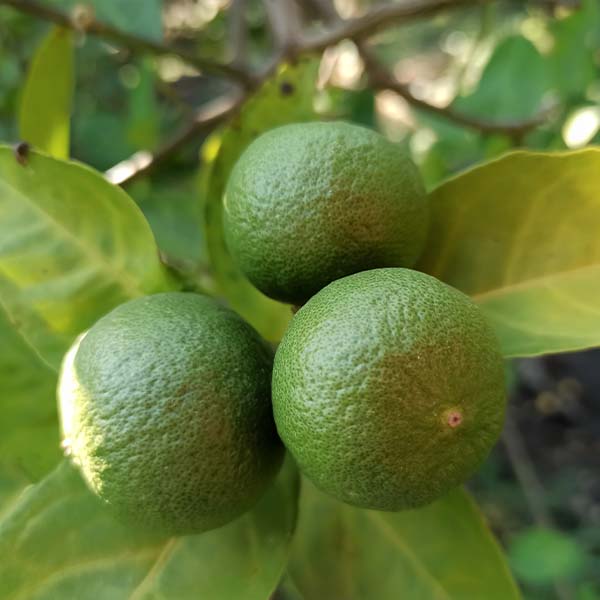
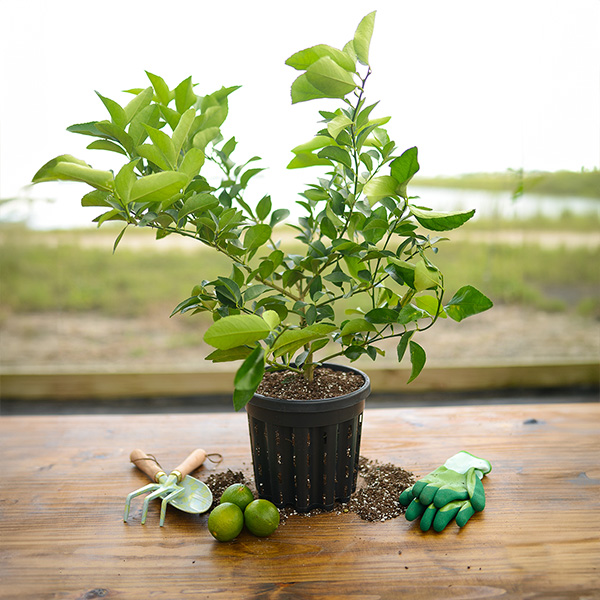
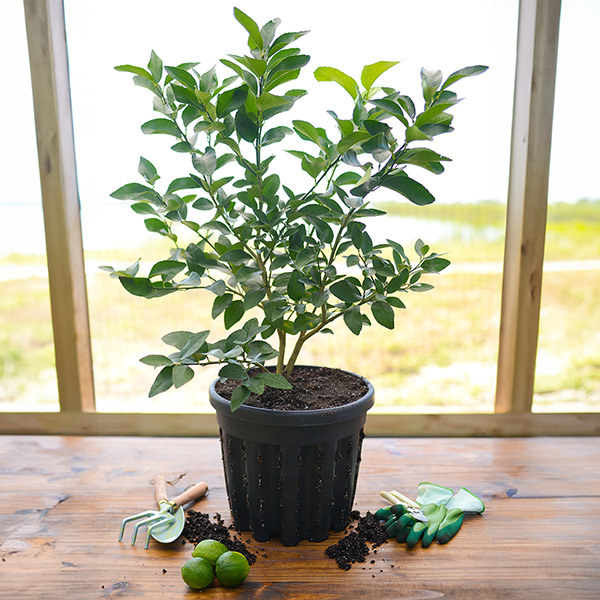
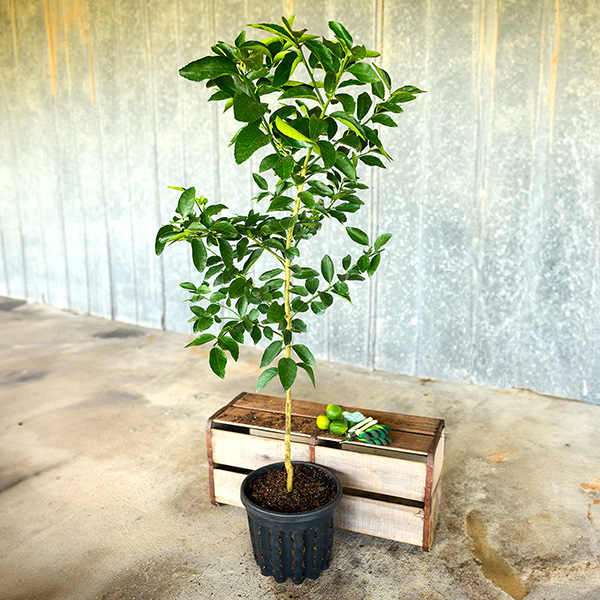
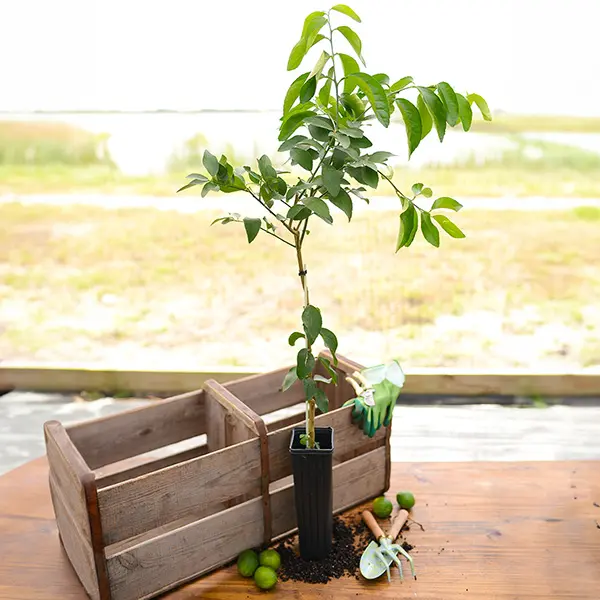
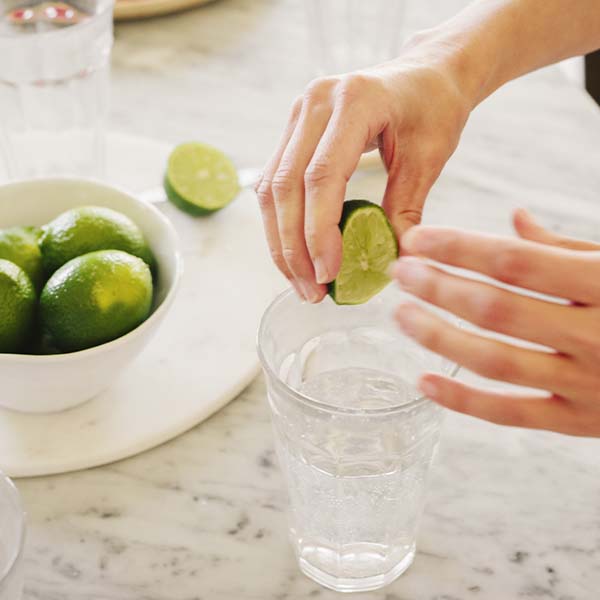
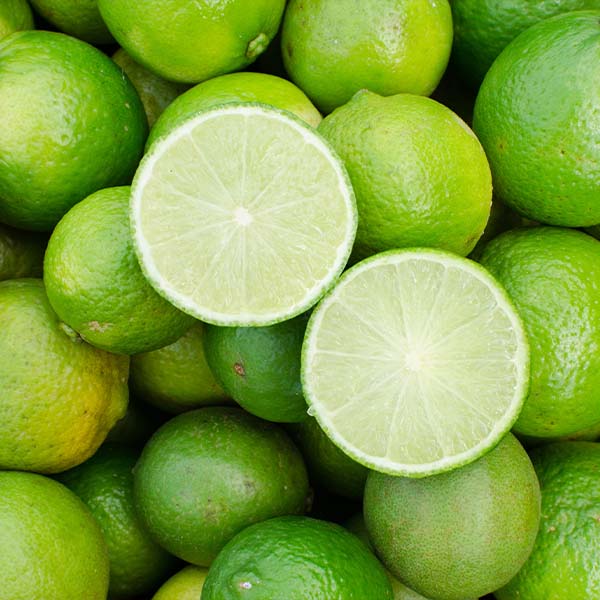
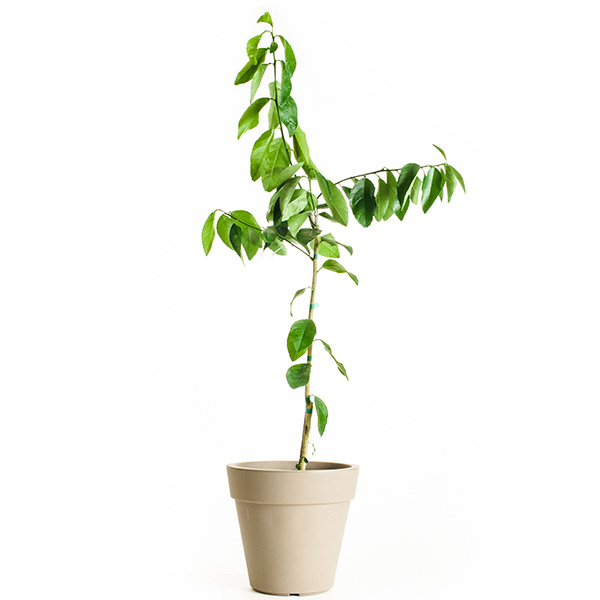

0 reviews with a 1-star rating
There are no reviews with a 1-star rating yet